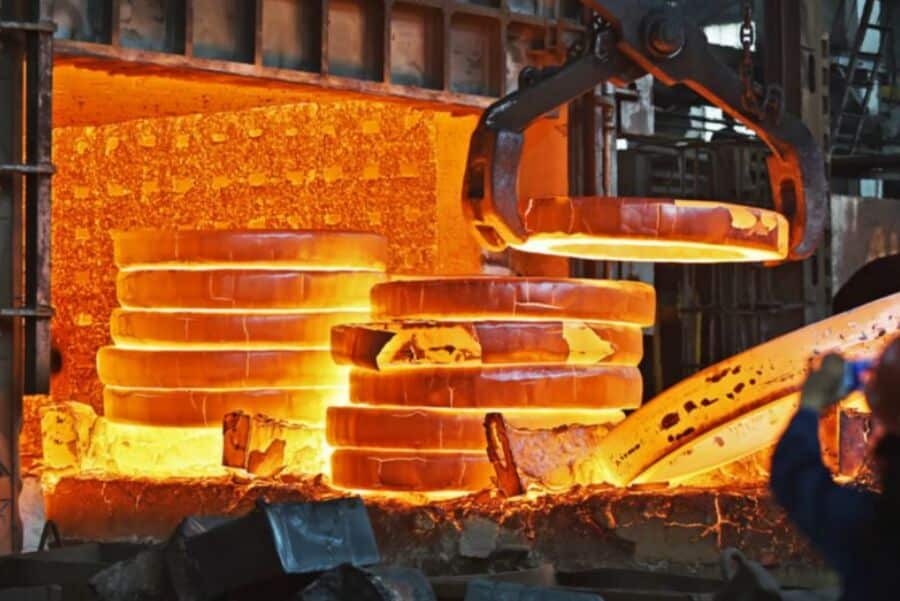When creating wear-resistant designs, there are several strategies and considerations you can employ to enhance the durability and longevity of the product. Here are some approaches to help create wear-resistant designs:
- Material Selection: Choose materials that possess inherent wear-resistant properties. For example, opt for materials like hardened steel, stainless steel, ceramic composites, or abrasion-resistant polymers. These materials are specifically engineered to withstand friction, abrasion, and wear.
- Surface Hardening: Implement surface hardening techniques such as heat treatment, carburizing, nitriding, or specialized coatings. These processes enhance the hardness and wear resistance of the surface layer, protecting the underlying material from wear and extending the component’s lifespan.
- Lubrication and Lubricant Selection: Incorporate proper lubrication mechanisms into the design. Lubricants minimize direct contact between mating surfaces, reducing friction and wear. Select lubricants with high viscosity and excellent lubricating properties suited to the specific application and operating conditions.
- Protective Features: Integrate protective features into the design to shield vulnerable areas from excessive wear. This can include adding sacrificial wear plates, inserts, or coatings to high-wear zones, incorporating gussets or reinforcements, or implementing wear-resistant liners.
- Optimize Geometry and Surface Finish: Carefully consider the design’s geometry and surface finish to minimize contact pressures and friction. Smooth surfaces, rounded edges, and optimized contact areas can help distribute loads more evenly, reducing localized wear.
- Load Distribution: Utilize load distribution techniques to minimize concentrated stress points and prevent premature wear. This can involve incorporating additional supports, implementing load-bearing structures, or redistributing loads across multiple components.
- Rigorous Testing and Analysis: Conduct thorough testing and analysis to evaluate the design’s wear resistance under realistic operating conditions. This may involve simulated wear tests, stress analysis, finite element analysis (FEA), or prototype testing to identify potential wear issues and optimize the design accordingly.
- Maintenance and Inspection Considerations: Incorporate design features that facilitate ease of maintenance and inspection. This can include accessible lubrication points, removable wear parts, or monitoring systems to track wear levels and anticipate maintenance needs.
Remember, wear resistance is highly dependent on the specific application, operating conditions, and anticipated wear mechanisms. It is essential to consider these factors when designing for wear resistance to ensure optimal performance and durability of the product.
- High wear applications refer to situations where components or products are subjected to significant friction, abrasion, or wear due to repeated contact or sliding against other surfaces. These applications require specific design considerations and materials that can withstand the demanding wear conditions. Here are some examples of high wear applications:
- Heavy Machinery and Equipment: Components used in heavy machinery, construction equipment, mining machinery, or agricultural machinery often operate in harsh conditions and encounter substantial wear. Examples include gears, bushings, bearings, tracks, cutting edges, and hydraulic cylinder components.
- Automotive and Transportation: Various automotive components experience high wear, such as engine parts, brake pads, clutches, bearings, suspension components, and tires. These parts need to withstand continuous friction, heat, and contact stresses associated with vehicle operation.
- Industrial Manufacturing: Equipment used in industrial manufacturing processes, such as conveyors, rollers, guide rails, wear plates, and molds, are subjected to constant wear due to material handling, product movement, or contact with abrasive substances.
- Tooling and Cutting Applications: Cutting tools, molds, dies, punches, and drills used in machining, metalworking, or forming processes encounter significant wear due to contact with workpieces and the forces involved in cutting or shaping materials.
- Mining and Earthmoving: Components used in mining and earthmoving machinery, such as excavator teeth, bucket edges, drill bits, and conveyor systems, face extreme wear conditions due to constant contact with abrasive materials and rocks.
- Wearables and Personal Protective Equipment (PPE): Wearable devices, protective gear, and apparel designed for high-wear applications, such as sports equipment, work gloves, footwear, or abrasion-resistant clothing, need to withstand repeated friction and impact while providing durability and protection.
- Aerospace and Defense: Aircraft components, turbine blades, bearings, landing gear parts, and military equipment endure high wear due to extreme operating conditions, stress, and contact forces.
In high wear applications, it is essential to consider factors such as material selection, surface treatments, lubrication, heat resistance, hardness, and load distribution to ensure optimal wear resistance and extended product lifespan. Customizing designs and utilizing wear-resistant materials, coatings, or surface treatments specific to the application can significantly enhance durability and reduce maintenance and replacement costs.

